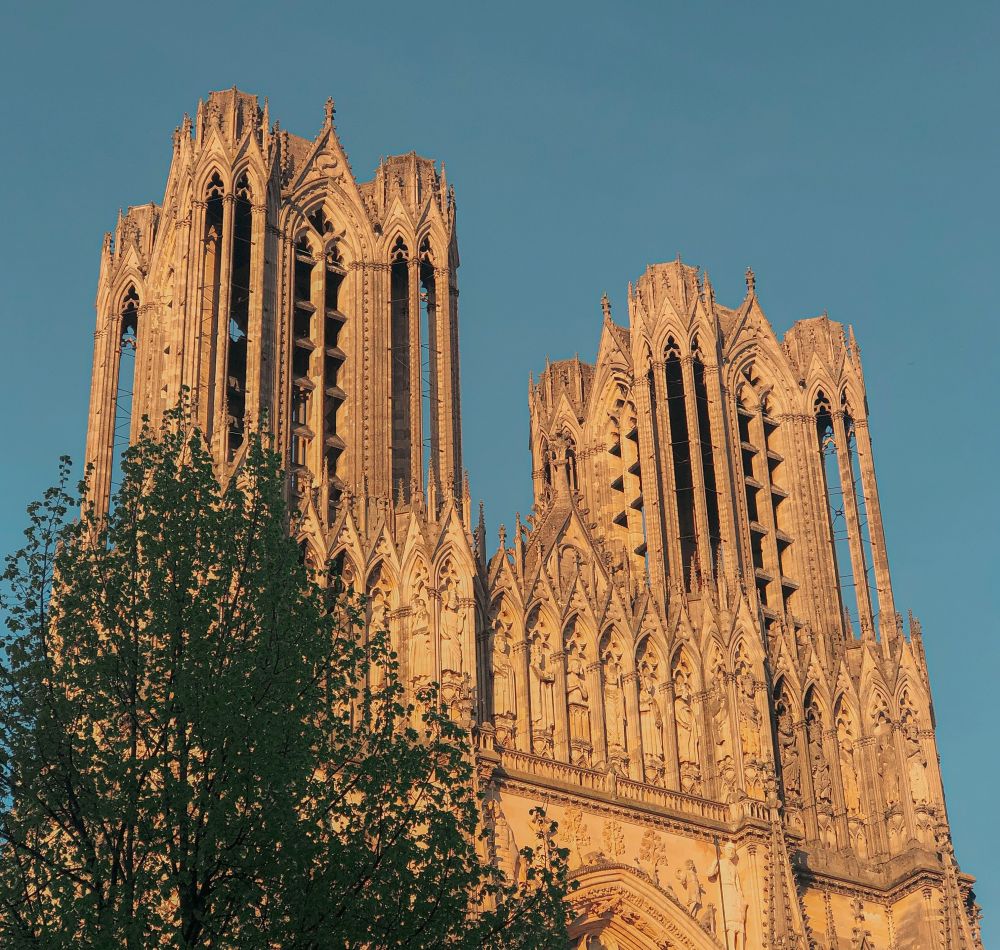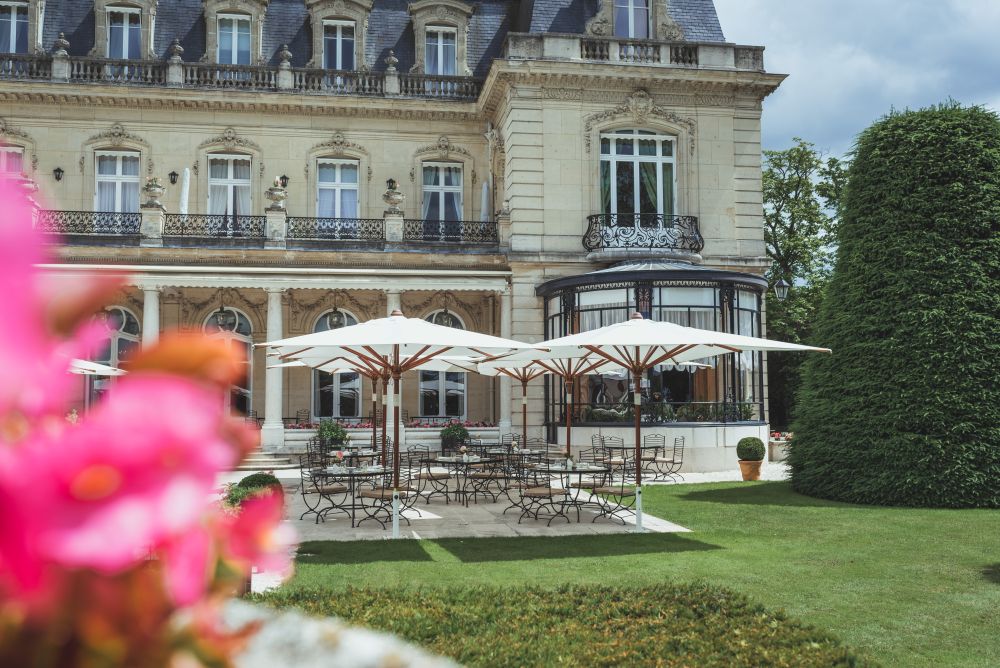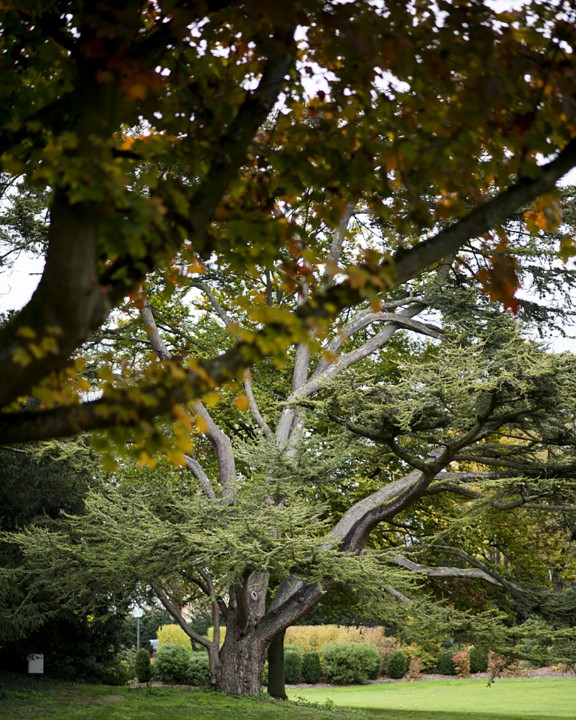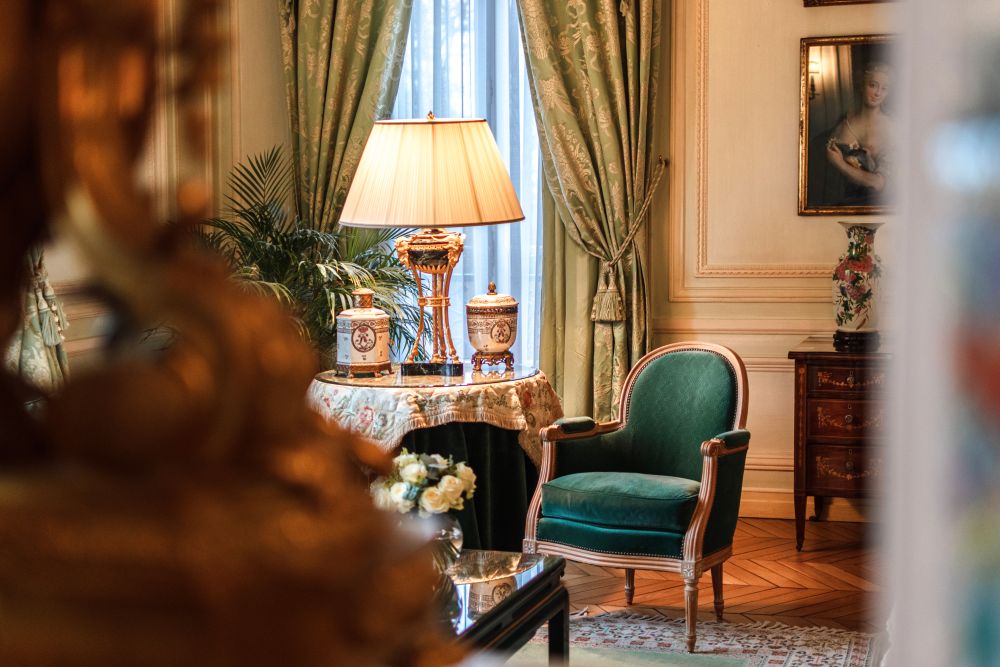 All Articles
Agenda
Art
Destination
Escape
Gastronomy
Group
Hotel
All Articles
Agenda
Art
Destination
Escape
Gastronomy
Group
Hotel
 Architecture
Art
Automotive
Fashion
Gastronomy
Architecture
Art
Automotive
Fashion
Gastronomy

In themselves alone, Reims and its cathedral summarize 15 centuries of history since the baptism of Clovis in 498 AD. In memory of this event, 30 kings would be crowned here - three more in the Saint-Rémi basilica - starting with Louis Le Pieux, son of Charlemagne, in 816 AD. The most memorable coronation was, however, that of Dauphin Charles VII, led in Reims by Jeanne d'Arc in July 17th, 1429, after the lifting of the siege of Orléans. Most of the Kings of France were crowned in Reims, the last being Charles X, in 1825.
As the legend goes, Reims was built by Remus, the founding brother of Ancient Rome. After the Roman conquest, Reims, then known as Durocortorum ("fortified settlement" in Latin), was integrated into the province of Belgium and became its capital. Ruins from this era can still be seen today. Among them, one of four gateways giving access to the Roman town (Porte de Mars), and one of the three semi-buried galleries that formed the Gallo-Roman cryptoporticos beneath the Place du Forum. Built around 200 AD, they were used to store grain.
Unsurprisingly, the city of Reims plays host to many museums and historic landmarks: the Fine Arts Museum (currently undergoing renovation, scheduled to reopen in 2025), the Foujita Chapel (artistic testament by Franco-Japanese painter Léonard Foujita), the Saint-Rémi Museum (housed in the former abbey of the same name), the Museum of La Reddition (where Nazi capitulation in Europe was signed on May 7th, 1945), but also the Fort of La Pompelle, the Planetarium, and the Palais du Tau. Reims has been added on two occasions to UNESCO's World Heritage List: firstly in 1991 with inscription of the Notre-Dame Cathedral, the former Abbey of Saint-Rémi and the Palais du Tau, then the Côteaux, Maisons and Wine Cellars of Champagne in 2015, comprised of the Avenue de Champagne in Épernay, the historic hillsides of Hautvillers and the Butte Saint Nicaise in Reims.
To contact Reception or make a reservation, click on the bell.








